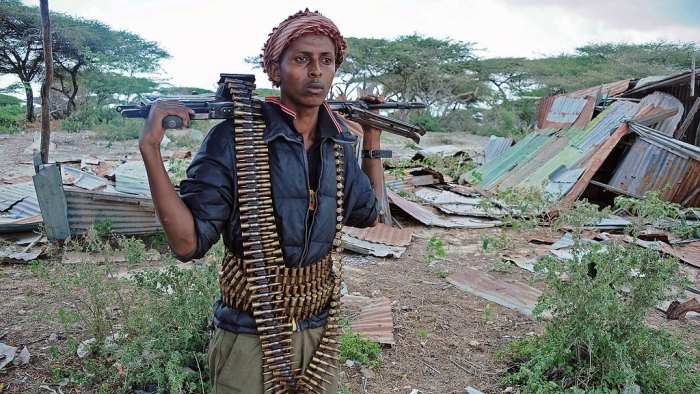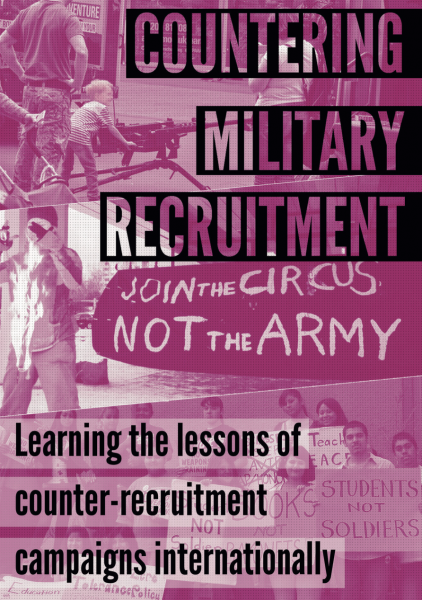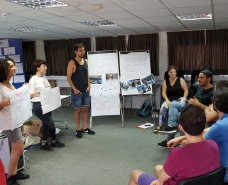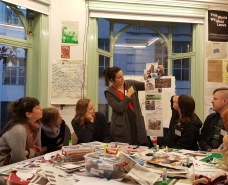Factors in Jihadist Radicalism and Extremist Violence

By Paul Adhoch - Trace Kenya and Dola Nicholas Oluoch – Chemchemi Ya Ukweli - written for http://antimili-youth.net/
Security observers, experts in war on terrorism and practitioners in countering human trafficking have noted three very important ingredients in the recruitment or volunteerism of young male into jihadist wars. This has been a universal observation, be it the war in Syria, the ISIS situation, Boko Haram in Nigeria, Al-Qaeda in Afghanistan or the Al-Shabaab war in Somalia.
The first observation of volunteers and returnees is the fact that many of them are male, youthful and from the fringes of society. They are mainly poor and uneducated, making it easier for them to be considered marginalized and largely unemployable. Where this is otherwise, they are often new recruits into Islam, easily impressionable and naïve on realities of jihad and martyrdom. Jihadist from Kenya into Somalia, estimate at 6000 since 2006 have mainly fallen into the categories mentioned above, besides having local disaffection such as a feeling of marginalization, unemployment and what has been described in Kenya as historical injustices meted by successive regime on the coastal people and Muslims in particular.
The second reason has been the presence of a radical preacher. Because these youth are easily impressed by the ideas of martyrdom, they are equally easily persuaded to move from intellectual jihadism to radicalism, extremism and finally violence. Kenya has had a number of them including Sheikh Aboud Rogo and Sheikh Mohammed “Makaburi” both of whom were killed in controversial circumstances in 2014.
The third has been the presence of returnees who often show the new minds that it is “possible to fight jihad and come back alive”. The deluded youth thus easily fall prey to stories of adventure and “purpose” in the fight against “kafirs” and western Christian crusaders and their sympathizers – fashioned on the age gone by sectarian wars. Indeed this has been the spur for violence in Mombasa, with some returnees taking up Mosques and chasing moderate Imams from these Mosques. The Kenya government was able to forcefully recover these Mosques in 2014 and rounded up the youth, whom they detained for perpetrating violence. Apparently thus modus operandi has succeeded in Mombasa, Nairobi and Garissa counties in Kenya.
The fourth and perhaps important factor has been the presence of women – both individual women themselves and the “woman figure” is exploited in radicalization. Though not acknowledged, the Kenyan recruits to Somalis Al-Shabaab were encouraged to take up their arms following payments made to their mothers. The close bond between mother and son, made many sons accept the call to Al-Shabaab for fear of reprisals against their mothers. Many could not countenance such a scenario. Meanwhile recruiters and preachers often carried themselves as “family men” leading holy religious lives. This was true of the early leaders of Al-Shabaab, many of whom were Kenyan. They either quickly got married or projected their marital lives to the public. Recent activities in the Syrian conflict have seen emergence of women either as wives of combatants or as combatants themselves. The prestige that is sold to male suicide bombers can also work on their families, as being the wife of a martyr carries its own influence.
The presence of women or women figure has not been well studied in international counter terror campaigns. It may be pointed out that initially, women were used as human suicide bombers, but there has been a discernible change in tact, leading to more recent cases of child suicide bombers as seen in Boko Haram cases in Nigeria.
Women, especially when married to the 'terror suspect', have the power to project the idea of a family man and deflect attention of the security apparatus. The recent French terror attack was a classic case of this cover-up. Hayat Boumeddine, was girlfriend to Amedy Coulibaly, the 32 year old who killed a police officer were seemingly a happy couple. Many times, a female accomplice has married a Jihadist and the fact that they are a couple makes it harder to detect intention. They appear to be a happy married couple with hopes to raise a family.
In addressing counter radicalism, extremism and xenophobia, there is need to take cognizance of women in the lives of youth and radicalized persons in order to adequately reduce extremism and sectarian conflicts. Mombasa, Mandera, Wajir, Garissa, Lamu, Kilifi, Kwale, Isiolo, Nairobi and Kakamega: counties with large pockets of potential radicalism, may choose to be proactive by reaching out to women – mothers, sisters, wives and girlfriends to mitigate radicalism and extremism.
Photo: from Jordi Bernabeu Farrús, shows a member of the Somali security forces involved in an operation against radicals in Mogadishu.
Countering Military Recruitment

WRI's new booklet, Countering Military Recruitment: Learning the lessons of counter-recruitment campaigns internationally, is out now. The booklet includes examples of campaigning against youth militarisation across different countries with the contribution of grassroot activists.
You can order a paperback version here.








